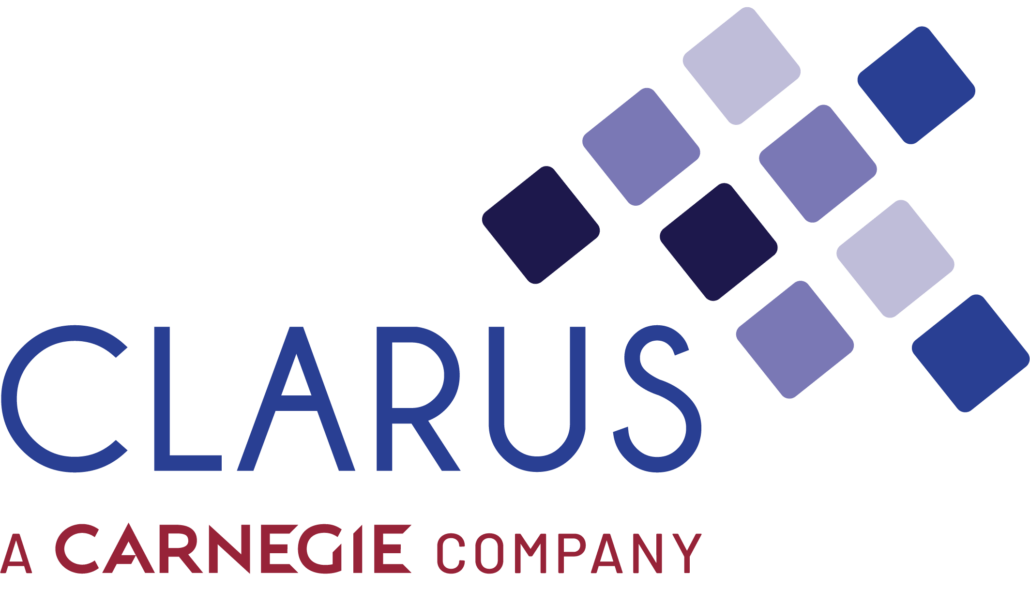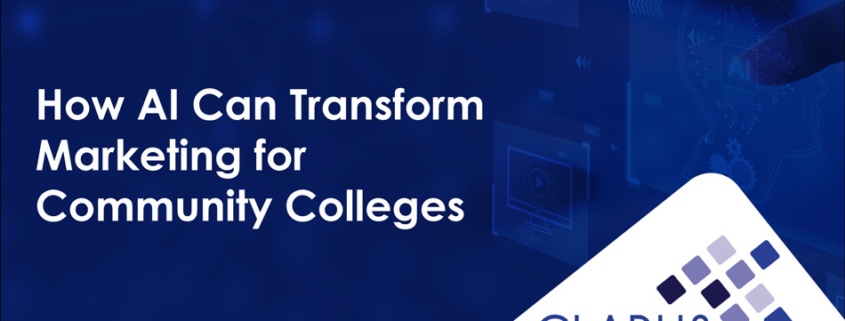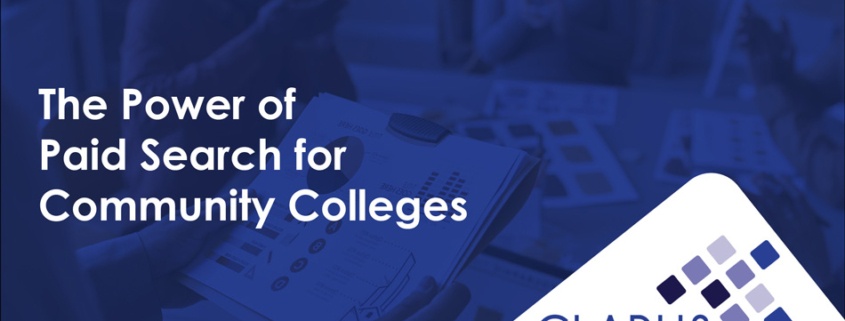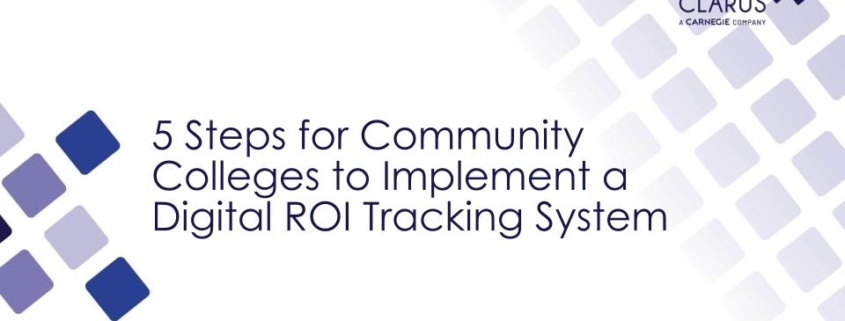Marketing has always been about connecting with your audience at the right time and place. Today, that means meeting them where they spend most of their time: online. In line with this, the recent advancements in AI have transformed how we approach marketing. AI is not just a buzzword—it’s a game-changer, especially for community colleges looking to engage prospective students more efficiently and effectively.
The Markets Are Changing
Community colleges serve a diverse demographic, not limited to any one age group. However, it is Gen Z, born between 1997 and 2012, who are currently experiencing the most significant impact of our ever-evolving tech-centric world. As true digital natives, Gen Z’s interaction with content is distinct—they typically have an attention span of 8 to 12 seconds and are accustomed to multitasking. This generation favors visual and personalized content, making them much more responsive to marketing strategies that are customized to their preferences, from tailored emails to individualized course suggestions. This is why it’s more important than ever to begin harnessing powerful AI tools that can help you stay ahead of the changing markets and better serve the demands of your audiences, who expect personalization at every turn.
How AI Can Help
AI is a powerful ally in understanding and better serving your audience. Here are a few examples of how AI tools are already enhancing marketing efforts in significant ways:
- Automated Content Creation: AI can help create compelling content quickly. It can draft initial text, edit for clarity, and ensure the tone matches what your students relate to.
- Optimizing Campaigns: AI can analyze large amounts of marketing data to see what’s working and what’s not.
- Predicting Trends: AI can look at past data and predict future trends, like which programs might see a spike in interest.
- Engaging with Students 24/7: AI-powered chatbots can provide real-time answers to prospective students’ frequently asked questions, day or night. This round-the-clock availability helps in building a stronger connection with potential applicants.
AI Tools You Can Start Using Today
To help you get started, here are a few examples of AI tools you can begin using today to enhance your marketing efforts:
- Copywriting: Need help getting past a blank page? OpenAI can help you create copy for emails, social media posts, and promotional materials quickly.
- Grammar, Tone, and Style: Grammarly checks your writing to make sure it has no mistakes and sounds clear. WordTune gives you tips to make your writing easier to read and sound better, helping you show off your school’s unique style.
- Landing Pages: Mixo and Archer make creating web pages that attract and engage potential students faster and less labor-intensive. These tools can help you test different layouts and content to see what performs best, making sure the first point of contact is impactful.
Challenges AI Can Help Overcome
Many community colleges face similar challenges: limited budgets, understaffing, and the need to adapt to rapidly changing technology. AI can alleviate some of these pressures by automating routine tasks, helping your staff focus on more strategic activities like relationship building and student services.
Ready to Take Your Marketing Efforts to the Next Level?
You’ve seen how AI can enhance your marketing efforts by allowing for greater personalization and efficiency. Now, imagine taking those capabilities even further with our tailored digital marketing and predictive modeling services. Our services fine-tune your marketing efforts to ensure you’re reaching the right students—those most likely to apply and thrive at your institution—with personalized messaging that resonates with them.
Contact us today to learn more about how our tailored solutions can help you harness the full potential of AI-driven marketing.
Subscribe to the CLARUS newsletter to stay up to date on our latest blog posts and presentations.



